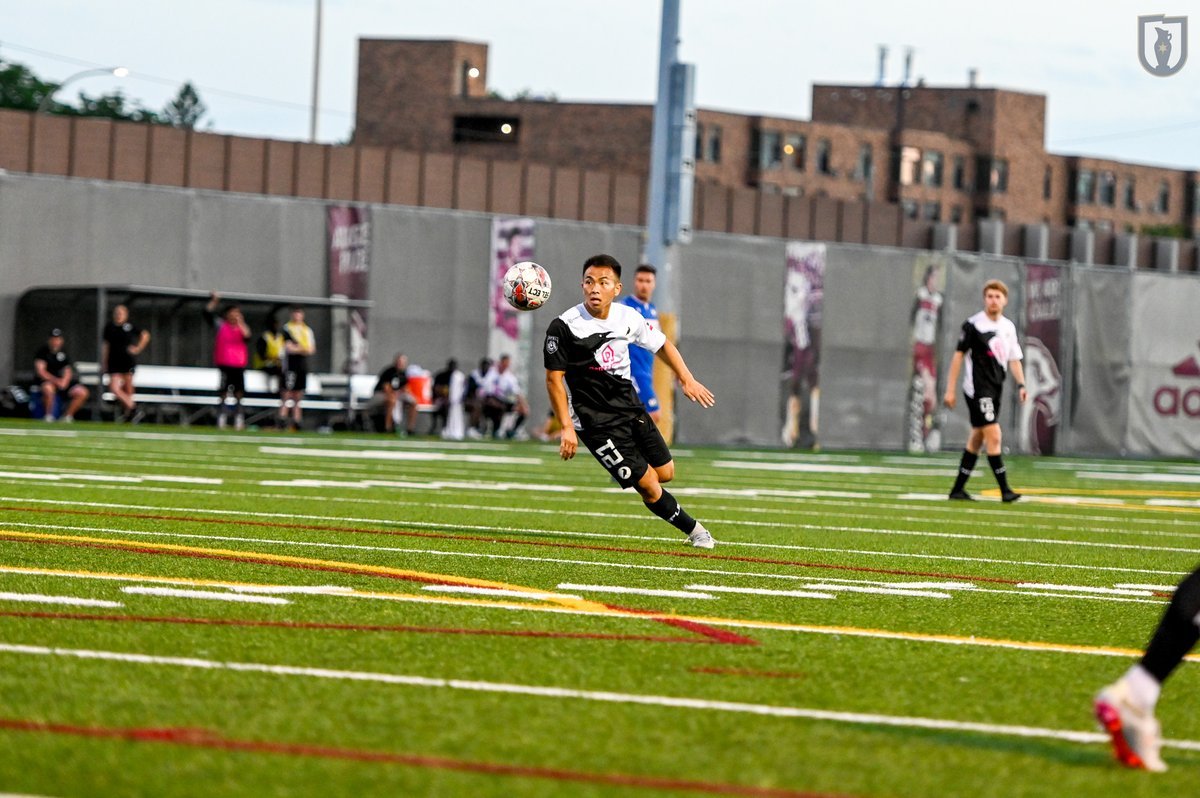Return of the Super Cup
The Minnesota Super Cup is set to kick off next week at Edor Nelson Field in Minneapolis. The beloved darlings of lower league soccer, Minneapolis City, will host Rochester FC on May 11th in the opening match of this year's tournament. The Super Cup is a 6-team competition between clubs from various levels and leagues of lower league soccer in the state of Minnesota and is set to shine in its second year of existence.
The Super Cup was the brainchild of some middle-aged soccer fans relaxing and talking about the game they love. Jon Martinson, Super Cup Managing Director, describes it as alcohol-fueled problem solving. “A couple of us were sitting around, drinking some beers, and kicking around ideas and said ‘shoot let’s come up with a way to get these clubs, which don’t normally interact because they’re in different leagues, but are across town from each other, let’s find a way to get them together into a single competition to see who’s the best!’” He’s quick to downplay how genius of an idea it was, but just as quick to acknowledge the hard work he’s put into it. “Probably not a novel idea, but we took the plunge and put the effort in. Maybe it was the beers that we should have had a clearer vision about how much work it was going to be, but we did it!”
This year’s roster of participants has all the big names of Minnesota’s amateur soccer scene. Returning this year are Minneapolis City SC, Minnesota United FC Academy, Duluth FC, and St. Croix Legends. Rochester FC qualified based on its performance in the NPSL, while Force FC joins the competition from the local Minnesota Amateur Soccer League (MASL). Every team qualified for the Cup based on merit, as the competition hopes to create meaningful matches between the best of their level. Last year’s champion, Med City, didn’t return to the competition because it was absorbed by Rochester FC following the 2023 campaign.
Last year, the Super Cup was roundly seen as a success. “We had a lot of positive feedback, especially from the clubs that participated. They saw the value in it, because it was high level competition,” said Martinson. “I think we did it right last year.” One measure of the success is this year’s long list of sponsors and partners. Salt Athletic, Kaliaaer, Select, Proscarves, Turbo Tim’s, Unozero, Body Armor and Wolf Creek Watch Co. have all signed up for this year’s competition in various levels of contribution. The Cup’s social media account is brimming with slick posts and well-designed advertisements for the brands involved. It’s growing and it’s paying off for everyone involved. Martinson’s hope is to eventually incentivize participation, because squeezing in extra games into a crowded schedule isn’t easy for the clubs.
This year, the leadership of the Super Cup decided to have a poster made to promote the competition. “I liked the idea of having a visual to go along with the tournament. I went into this year’s theme ‘Soccer is everywhere and for everyone.’’ So Martinson began searching for graphic designers that have their hands in the soccer world and I contacted Fabio, who is a very talented designer based in Milan…soccer in the United States is intriguing to him.” Fabio Buonocore focused on designing a poster that captured the state and sport: farms, forests, footy, and the city (really wanted an F word there). It’s stunning (on sale for $12) and matches the level of inspiration and professionalism that is evident in everything associated with the Super Cup.
Dan Hoedeman, one of the visionaries working with Jon to grow the Cup, enthusiastically highlights the benefits of the competition for his MPLS City club. “We want to knit clubs together across leagues. Someone has to work constructively! Also we get additional meaningful games against top clubs, a chance to re-ignite rivalries like Duluth and MNUFC. And maybe win some silverware.” Jon mentioned that Hoedeman is responsible for the name of the competition as well. “I was personally not super jazzed about ‘Super Cup’ but I lost out in those conversations, you’re asking the wrong person.” Hoedeman responded with his customary enthusiasm when asked about it. “Since it brought everyone together across competitions it seemed like a decent use of ‘super’ and also it sounded cool.”
Martinson’s long-term goal is to get the size of the Super Cup up to eight teams, but knows that the “schedule is a bitch.” He especially highlighted the challenges of adding matches if any of the teams make the playoffs in their respective leagues. These are the best amateur clubs in the state, they expect to succeed every season.
The Minnesota Super Cup is a great example of the growing move towards regionalization in the sport. It exemplifies everything we love about the game by focusing on growing the connections between clubs in a fractured sport landscape pitted with leagues and divisions. While benefiting the players and clubs through meaningful matches, it allows fans to cheer on their teams in unfamiliar matchups with local clubs. Already there’s more of these state-level cups taking shape in other states. Maybe a little problem solving (with or without the alcohol) can go a long way to making American soccer a more competitive, fun, and connected sport.
- Dan Vaughn

